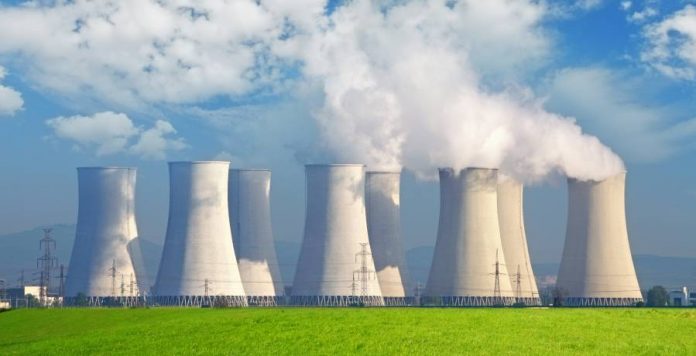
The world is nearing an impending future in which our efforts to meet energy demands may not be enough. As the world looks at solar and wind power as viable alternatives, the solution could lie in another source: Nuclear.
Phased out since the Cold War era, nuclear energy saw significant advancements that guarded promises of a clean future. A future with nearly endless energy for generations to come.
Unfortunately, the fears of the public after the war vastly outnumbered the beliefs and excitement of the scientific community for the new power source. Enthusiasts today are trying to revive the nuclear dream with a long-forgotten alternative that could save lives and give us a cleaner tomorrow.
What is nuclear energy and how does it work?
In general terms, nuclear power operates in the same way carbon or fossil fuels do. You need a core material that will burn and generate heat, which in turn will generate electricity through different processes.
Whereas wind turbines use the wind and hydroelectric generators use water, nuclear reactors use solid, heavy elements. Typically, these components are different isotopes of uranium, which have various levels of radioactivity.
Introducing nuclear fuel (raw elements) into a reactor subjects them to a field of flying neutrons. When these neutrons collide with the materials, a fission or split takes plate turning them into smaller molecules.
This process repeats itself and causes a chain reaction, and each of these fission events collectively turns into a massive source of energy. When this happens in a controlled environment like a reactor is when we can turn radioactive materials into power.
Molten salt reactors explained
Fuel needs to be fissile for a reactor to work, and there is an artificial uranium isotope that is particularly good at generating chain reactions: uranium-233.
U-233 is not found in nature, but by subjecting another element to a dynamic neutron field, scientists can “breed” it inside a reactor and generate an almost limitless amount of energy.
This element is thorium, and it is four times more abundant on Earth than uranium-238, the world’s most common uranium isotope. Thorium absorbs the neutrons instead of reacting to them, transmuting into u-233.
Thorium has the property of being easily transformed into its liquid form, perfect for an alternative nuclear reactor model known as a molten-salt reactor. It is more efficient, generates less radioactive waste, and can be produced at a fraction of the cost.
Using thorium-fueled molten salt reactors in nuclear plants as sources of energy instead of other power alternatives could generate enough energy to satisfy the world’s demand for millions of years, according to scientists.
What is stopping us from adopting this technology?
Unfortunately, there are several factors halting companies and enthusiasts from developing this seemingly life-saving technology into our nuclear power plants.
For starters, nuclear power plants are being quickly phased out for solar cells and farms that feed on sunlight to produce energy. Other alternatives like hydro and wind electricity are also taking a larger role.
What’s more, even fossil fuels and carbon-based plants are seeing a new sunrise under the Trump administration, with more subsidies for these industries that were abandoned during the Obama era.
History also plays a prominent role in the public’s perception of nuclear energy, preventing it from becoming more widespread out of fear of large-scale incidents like Chernobyl and most recently Fukushima.

However, the main reason people are reluctant to the idea of nuclear power is misinformation. A small fraction of the population has studied nuclear physics or has enough background knowledge and training to understand the implications of this energy source.
The reality is that nuclear energy is currently the most efficient source available to us, and it is also way safer than we think. In a cross analysis with coal and hydroelectric power, nuclear ended up being 27 and 46 times less dangerous respectively when correlating direct deaths caused by working in these industries.
There are still many people that believe in the dream of nuclear power, and that are still working to develop a safe, commercially viable molten-salt reactor that could power our world as soon as 2050.
Source: Business Insider












Unfortunately, the article is silent on the main reason for the disfavour of nuclear by the utilities (in addition to public) – the cost and competitiveness. In other than socialistic and communistic societies, profit under intense competition is the rule.